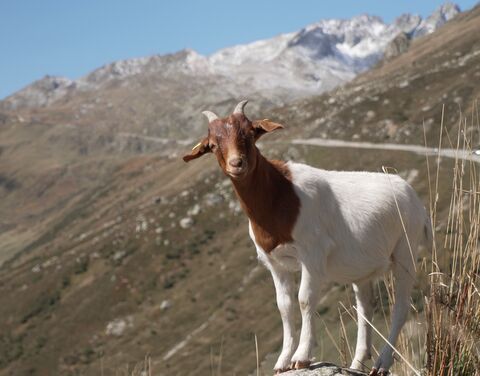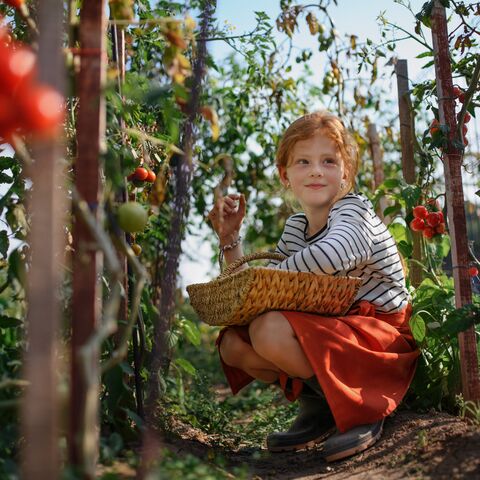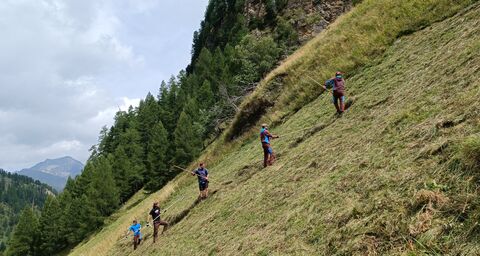
How free-ranging goats increase biodiversity in the mountains
Dry grasslands and meadows in the mountains provide important habitat for countless plants and animals, but they are increasingly being crowded out by bushes and trees. That's where free-ranging goats come in: They eat the undesirable trees and bushes, clearing the ground for a greater variety of species to move back in.
With its Flora Futura social initiative, AXA is restoring biodiversity on some 2 million square meters of land in Switzerland by 2025. The projects range from planting standard fruit trees and cultivating chestnut groves, to using free-ranging goats to clear bushes from alpine meadows, through to restoring amphibian ponds – renewing and restoring the natural landscape across Switzerland.
Last year, AXA kicked off several initial projects with the environmental agency oekoskop. One of these was a project involving free-ranging herds of goats in the cantons of Uri and Graubünden: They are pastured from spring to fall on ecologically valuable dry grasslands and meadows and graze down the undesirable trees and bushes, giving other kinds of plants room to grow again. In the video, Project Manager at oekoskop Pierre Coulin explains how the free-ranging goats are put to ecological use and how they contribute to the biodiversity of the alps.





